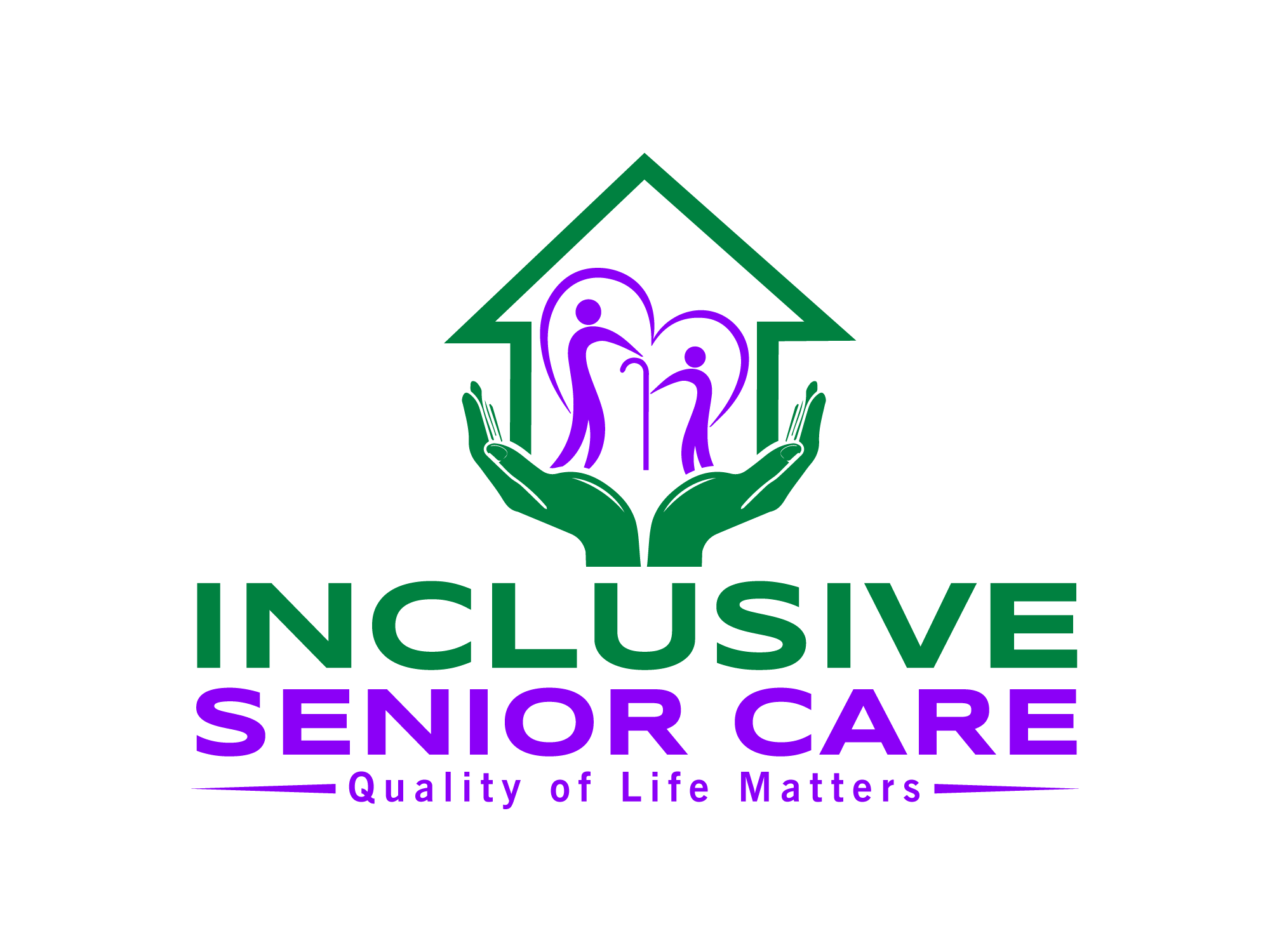Exploring the Crisis, Seeking Solutions, and Championing Equitable Senior Care
The United States is facing a significant challenge that requires immediate attention and equitable solutions: the escalating cost of senior care. This impending crisis is exacerbated by the demographic shift driven by the aging baby boomer generation and the financial strain it places on middle-income Americans. We will explore this issue, relying on credible sources to provide an informative and professional analysis of the situation, emphasizing the importance of equity in senior care.
One of the primary factors contributing to the senior care crisis in the United States is the aging baby boomer generation. According to the Pew Research Center, this generation comprises approximately 73 million individuals; the oldest is turning 77 this year. As they continue to age, the demand for long-term care services is experiencing a significant surge.

The financial burden of senior care is a core element of this crisis. The National Council on Aging and UMass Boston researchers have highlighted that long-term care costs represent “the single largest financial risk” for seniors and their families. The costs associated with various care options are substantial, often exceeding the financial capabilities of middle-income Americans.
Middle-income Americans are particularly vulnerable in this scenario. They frequently earn too much to qualify for federal safety-net insurance programs, such as Medicaid. Still, they need more financial resources to independently cover the high costs of senior care. According to the Center for Retirement Research at Boston College, an estimated 18 million middle-income baby boomers may face challenges affording adequate care.
Understanding the spectrum of senior care options is essential in comprehending the magnitude of this crisis. From the preference for aging in place with home care to considering nursing homes or the independence offered by assisted-living facilities, seniors and their families must navigate a complex landscape. However, each choice comes with its financial implications, necessitating careful consideration.
Aging in place, the desire to remain in one’s home as one age, is popular among seniors. However, it is not a cost-free solution. The shortage of home care aides, particularly exacerbated by the COVID-19 pandemic, has significantly driven up the costs of in-home care. This has resulted in many elderly individuals relying on aging spouses, family members, neighbors, or volunteers for assistance.
One crucial aspect of addressing the senior care crisis is ensuring equity in care. It is essential to recognize that people living in low-income communities face additional challenges when accessing quality care. Factors such as chronic illness, nutritional deficiencies, and a lack of access to health care can result in higher care needs for these individuals. Equity in senior care means that everyone, regardless of income, should have access to affordable and high-quality care services.

Searching for Solutions
In light of this crisis and the imperative of equity in senior care, advocates are pushing for comprehensive insurance programs capable of equitably distributing the financial burden across society. They cite successful models in other countries as inspiration, emphasizing the need to protect middle-income families from potential economic devastation while ensuring just compensation for caregivers.
The Role of Assisted-Living Facilities
The assisted-living industry, initially established to offer seniors a homelike environment with support for daily tasks, has seen remarkable growth. Nevertheless, a notable portion of these facilities targets wealthier clients, offering luxury amenities at a substantial cost. Advocates are calling for the diversification of offerings within this industry to make senior care more accessible to middle-income families while prioritizing equity in care.
Government Initiatives and Future Prospects
Some states, such as Washington, have proactively addressed this crisis by launching long-term care insurance programs. These initiatives, financed by mandatory employee payroll taxes, aim to provide financial relief to families confronting long-term care expenses. The hope is that more states will follow suit, alleviating the financial strain on families nationwide and promoting equity in care.
Charting a Path Forward with Equity
As the storm of senior care costs looms, policymakers, healthcare providers, and society must collaborate on finding sustainable solutions that prioritize equity in care. No one should be forced to make heart-wrenching choices between their financial security and their loved ones’ well-being during their golden years. By charting a path forward grounded in facts, informed analysis, and a commitment to equity in senior care, we can ensure that all seniors receive the respect, dignity, and security they deserve as they navigate the challenges of aging in the USA.

Navigating to Financial Peace of Mind
Your Trusted Senior Care Guide: Meet the Navigator Who Puts Your Loved One’s Well-Being First. Talk With a Senior Care Navigator Today!
